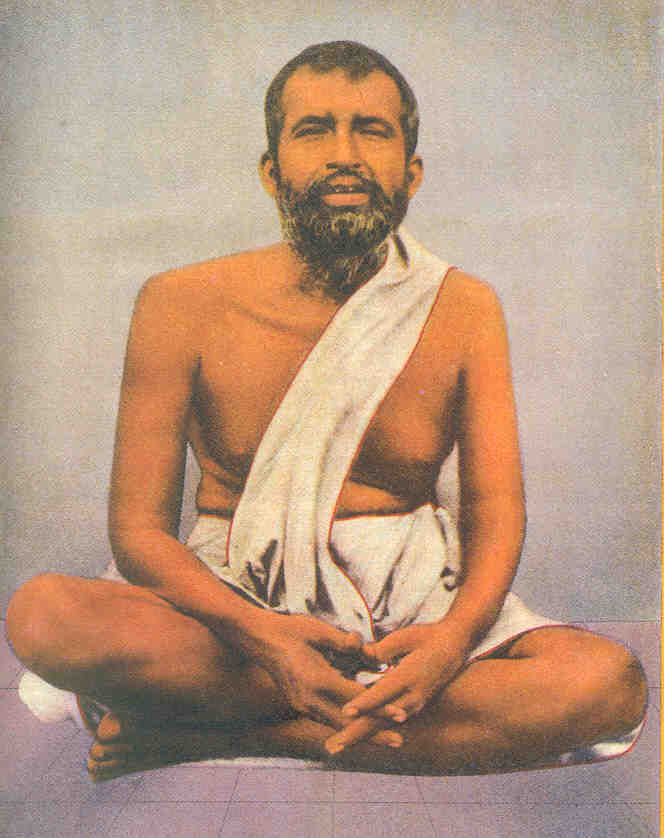A Summary of the Srimad Bhagavatham : Ch-5. Part-9.
5: Narada Instructs Yudhisthira on Ashrama Dharma :
Part-9.
The meditational process that commences in the Vanaprastha stage begins with what is known as upasana, which is placing oneself in the juxtaposed context of what is called ‘nearness to Reality’. Nearness to Reality is possible not through any physical means, but through the mind only. The mind, when it is charged with the consciousness of the Atman, adjusts itself to the need to keep itself in harmony with not merely the physical Earth or human society, but even with the five elements—earth, water, fire, air and ether. The Vanaprastha contemplates not merely the world of people but the very elements that control all life. It is a higher meditation which is upasana on the whole of creation—God manifest as this world.
It is called upasana because there is a devout pouring in of oneself to the objective, which is all creation itself. Various techniques of contemplation on this creational process are described in the Aranyaka portion of the Vedas, and the assiduous practice of upasana in this manner has to continue for a long time until the mind is able to concentrate on something still higher.
What is that something that is higher? It will come gradually. In the beginning, we expose ourselves to coming in contact with the whole creation. The Grihastha has no time to do that because he has other duties. The Brahmachari is not concerned with it at all, as he is concerned only with the accumulation of energy and the study of the Veda, etc. Here is the time when we become a friend of all
—sarva-bhutahite ratah (B.G. 12.4).
We are not merely a friend of people, but even the very elements will bend before us.
Swami Krishnananda
To be continued ...



.jpg)

Comments
Post a Comment